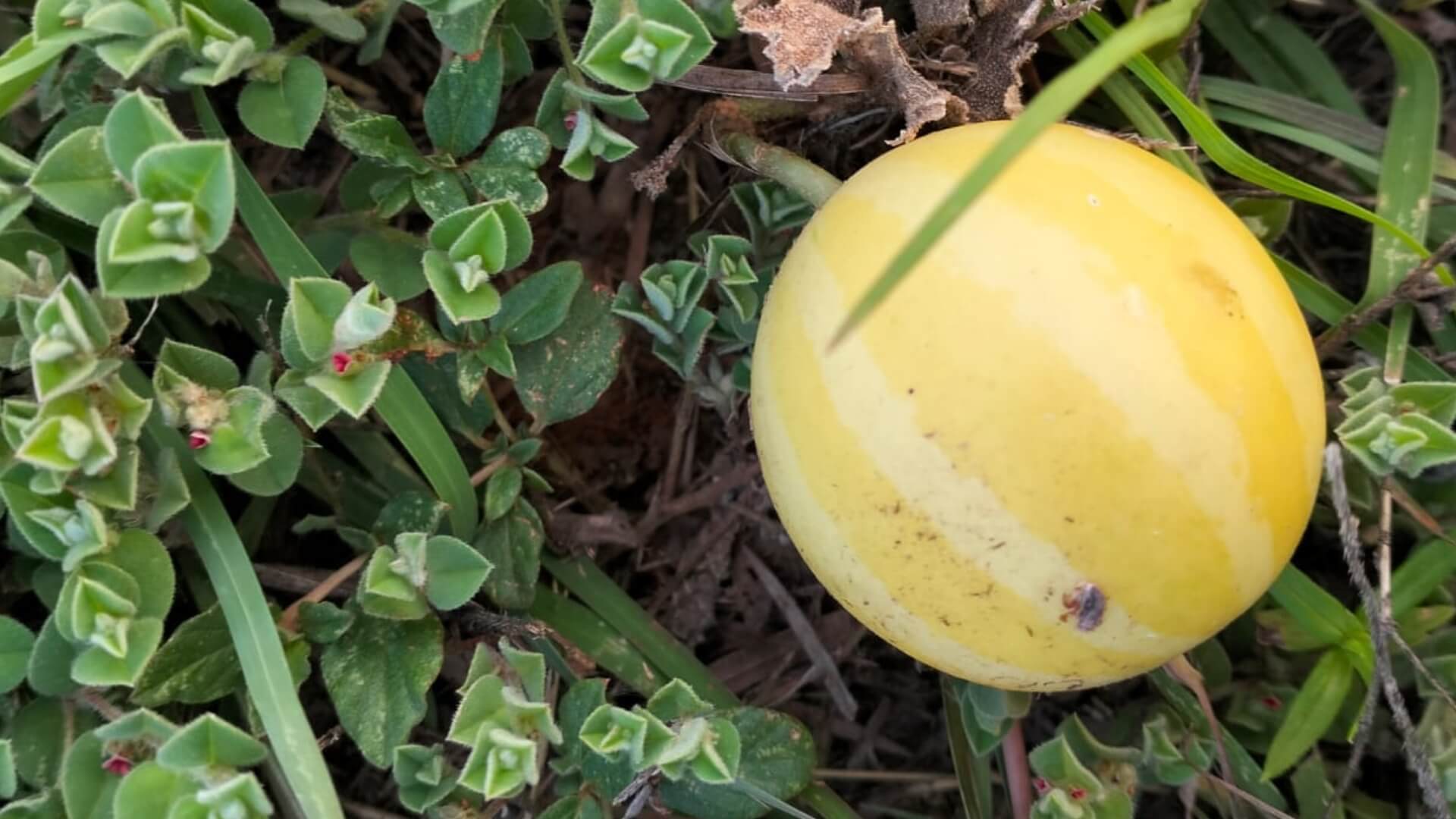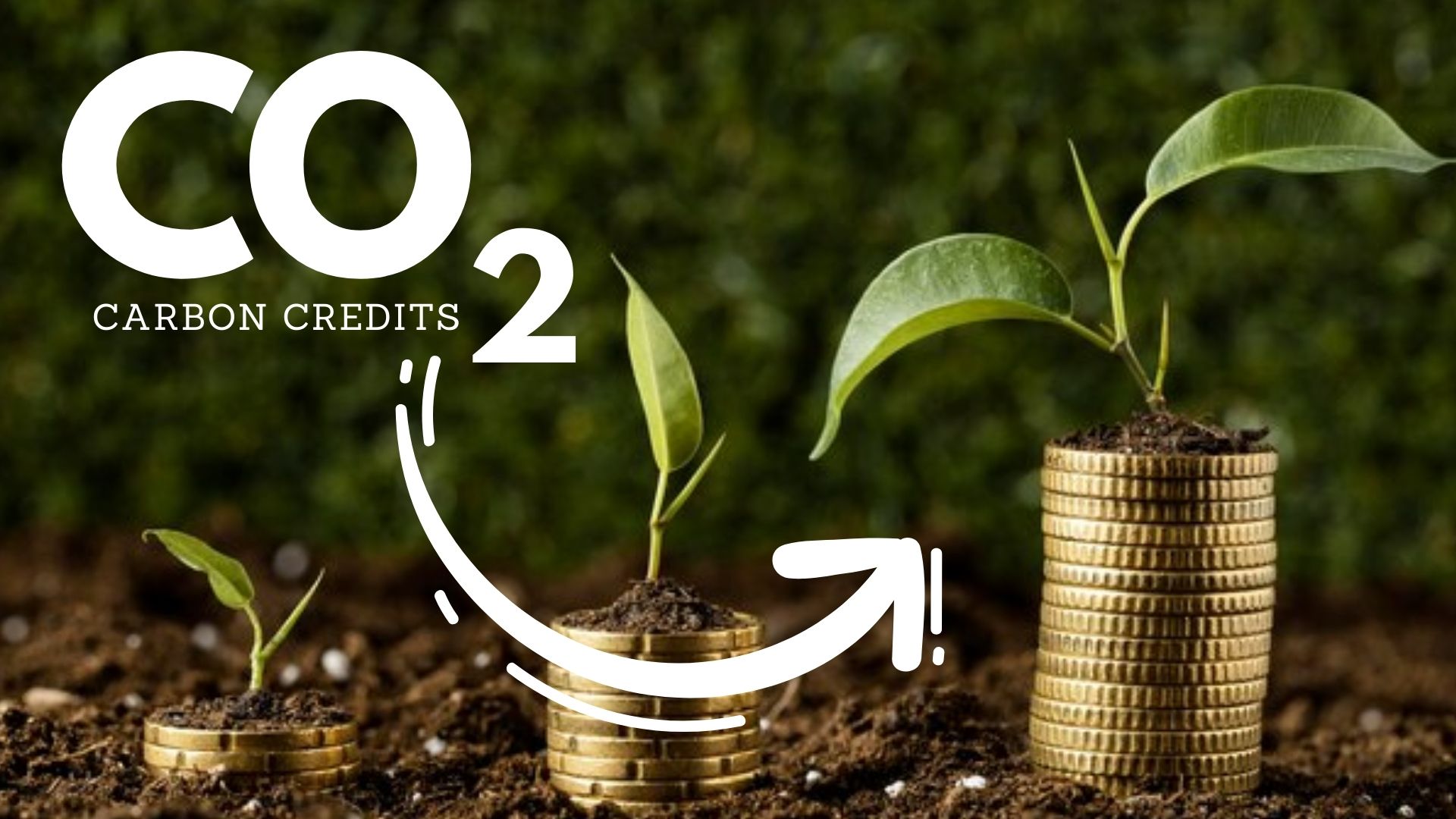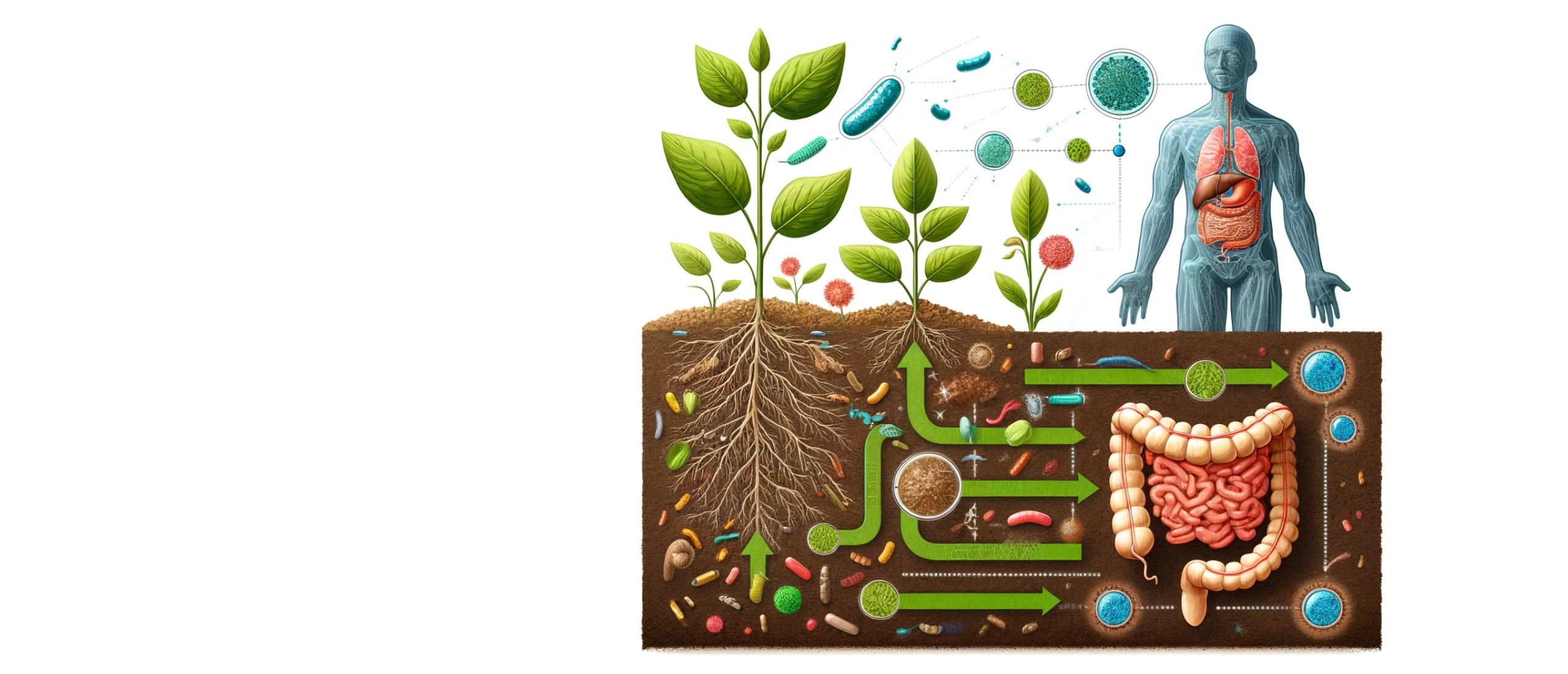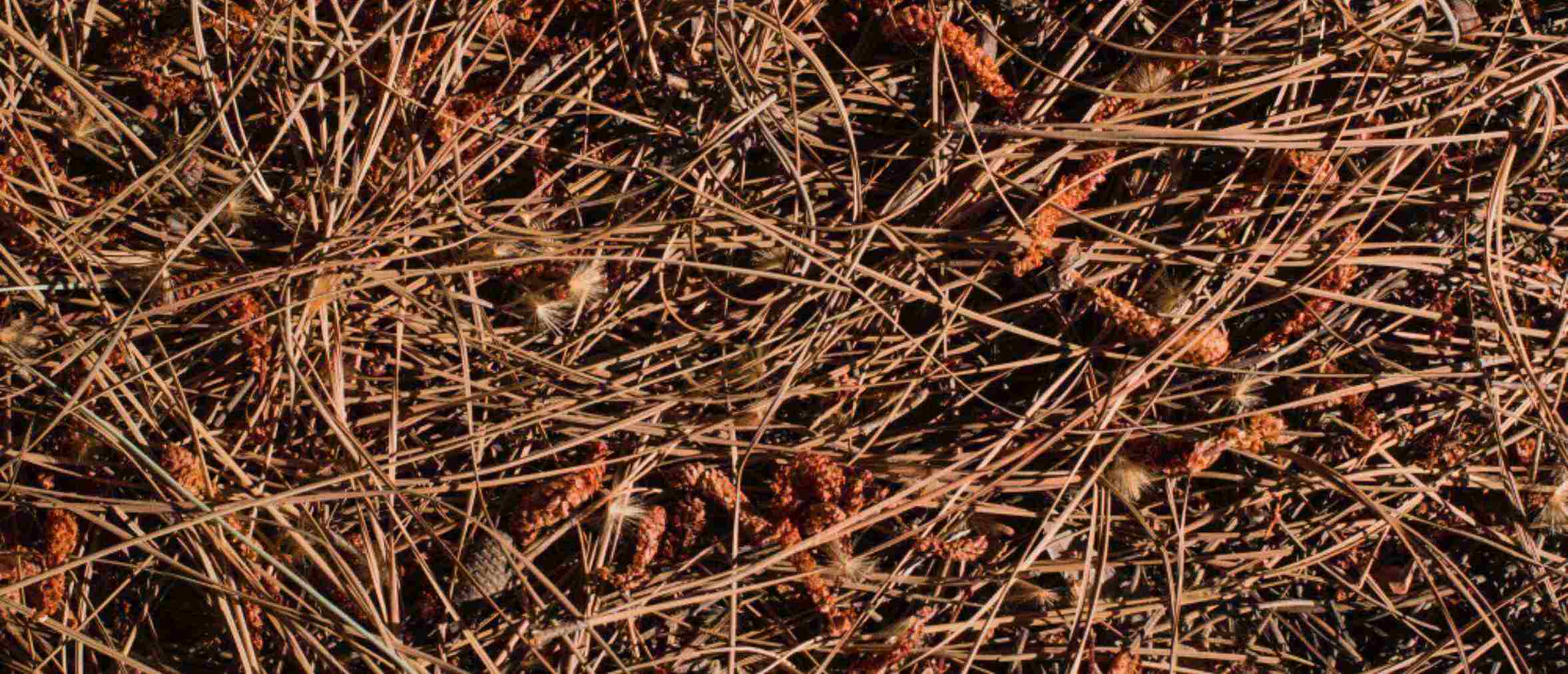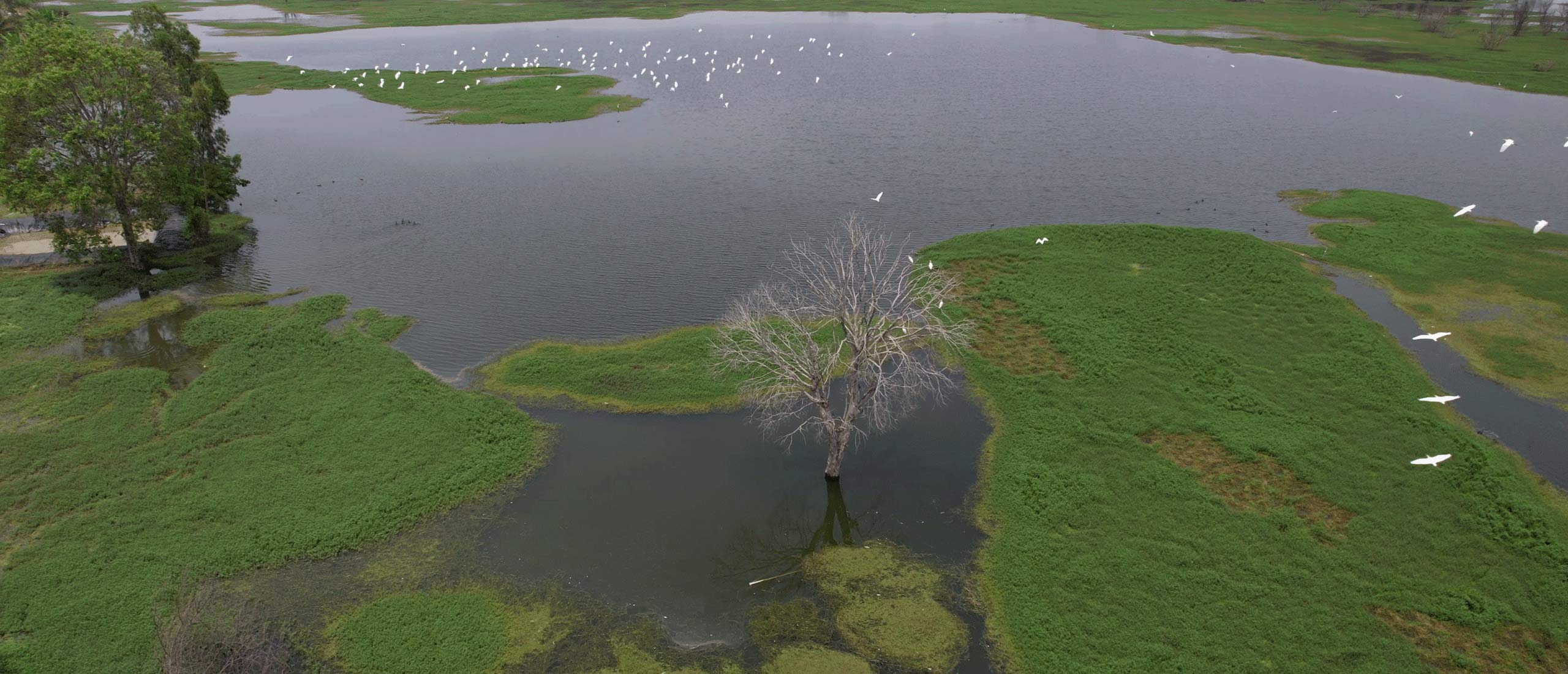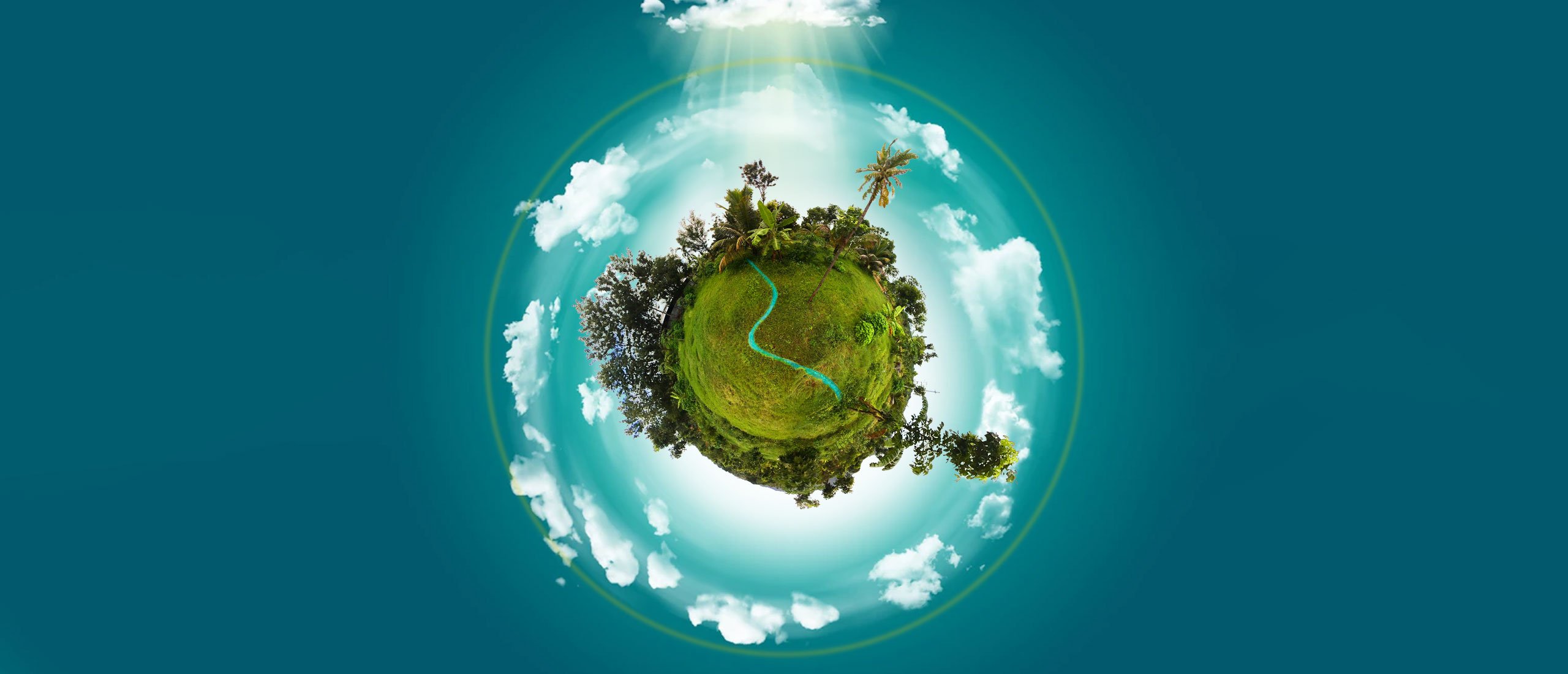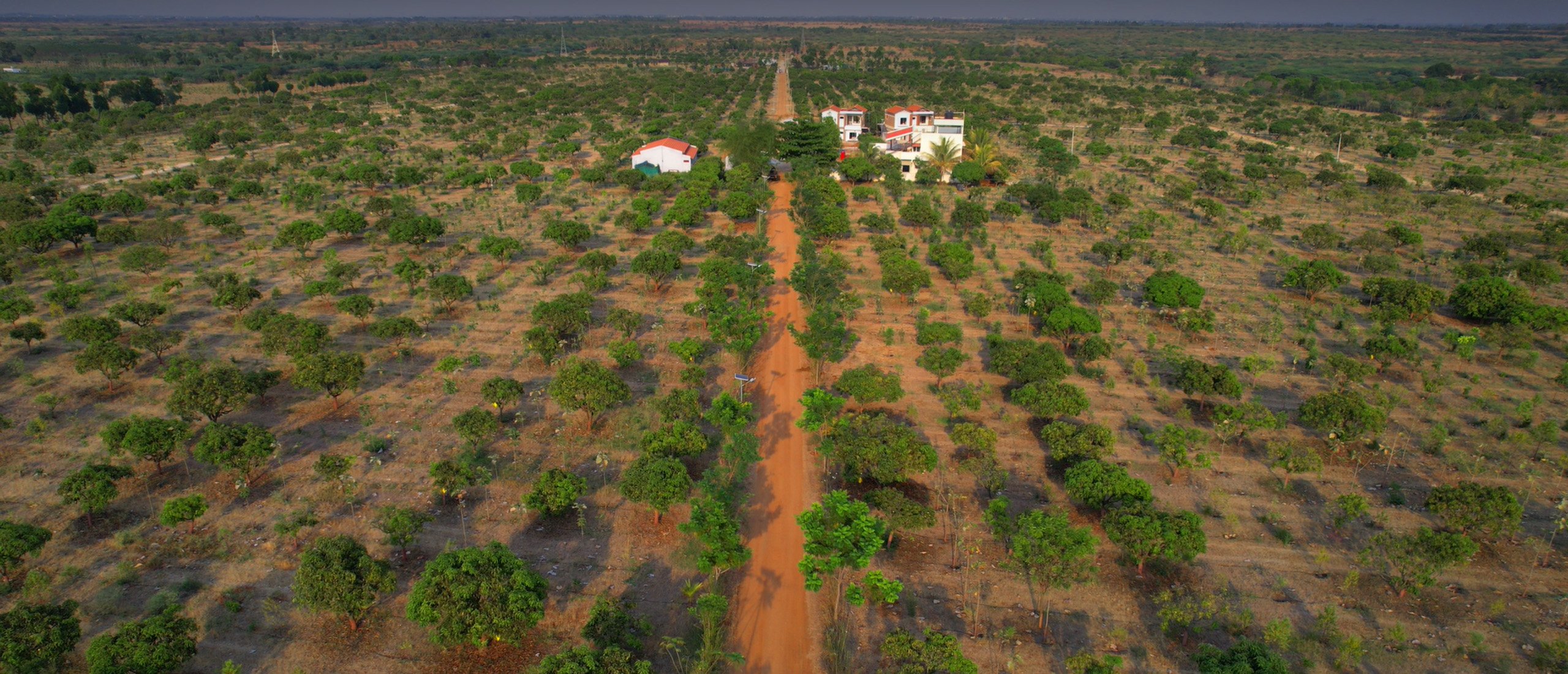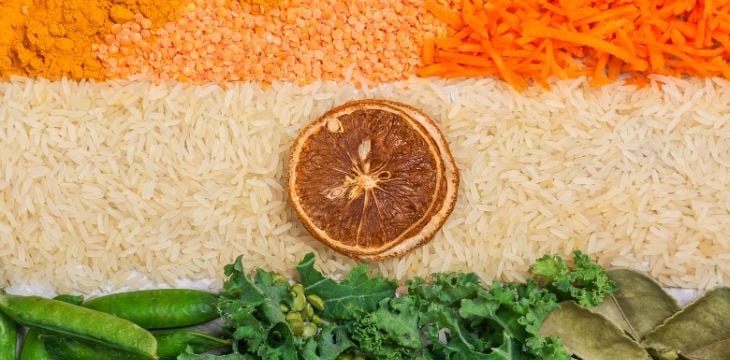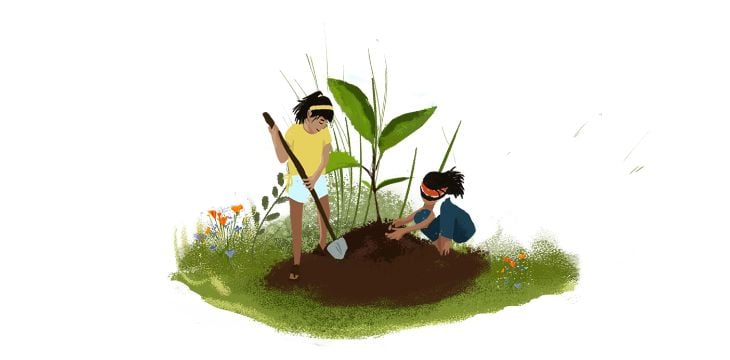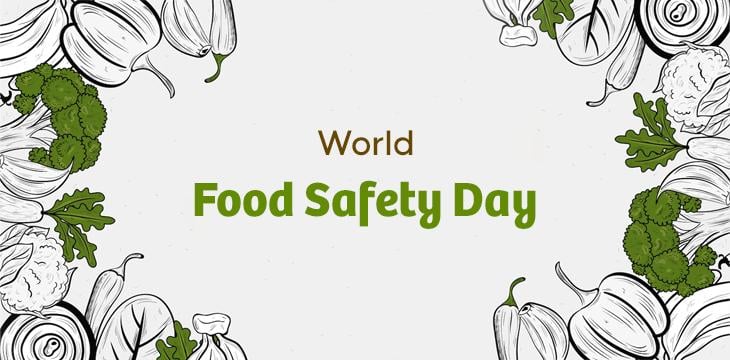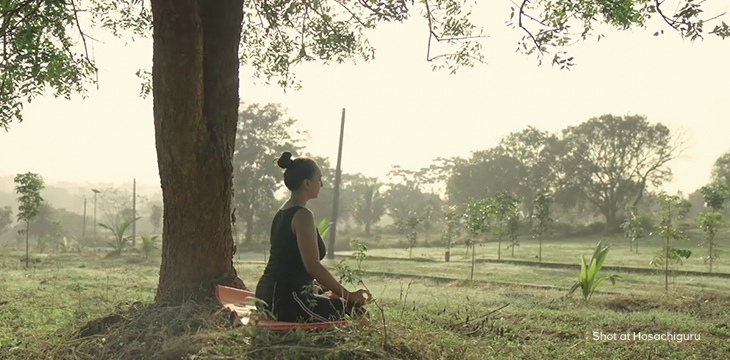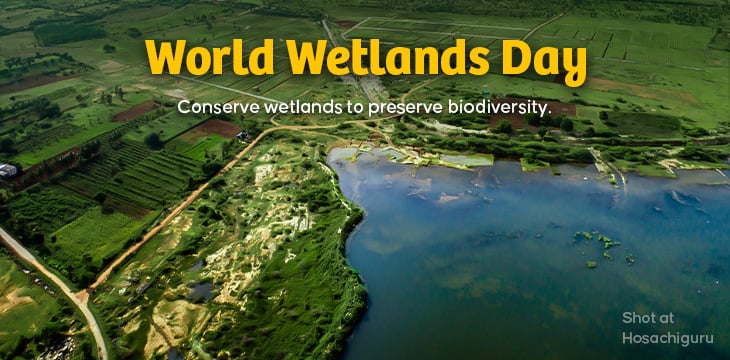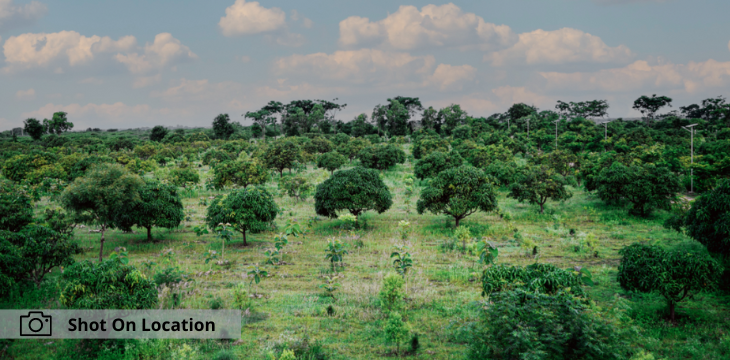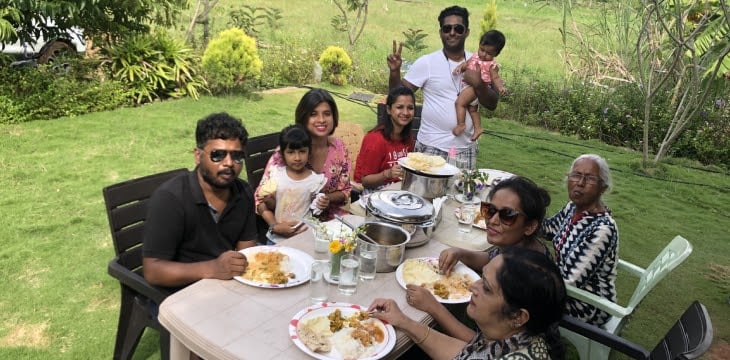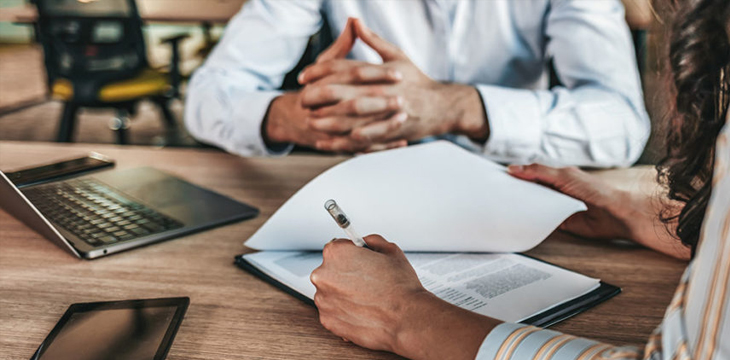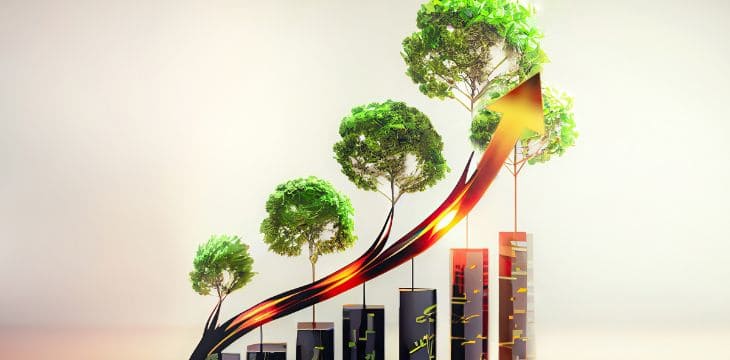April 17, 2024
Author : Anmol Agarwal
7 Mins Read
Planet Earth is a marvel of diversity, hosting life forms that range from the microscopic, such as bacteria, to the magnificent giants of the sea, like whales. This vast array of existence underscores the planet’s uniqueness in the cosmos. However, as humans, our relationship with Earth often crosses into a realm of presumed ownership, leading us to exploit its resources with little regard for the broader ecological consequences. This perspective fails to acknowledge a fundamental truth: we are but a single thread in the intricate tapestry of life that envelops this planet.
Why Do We Call It Mother Earth?
The term “Mother Earth” is steeped in profound respect and wisdom, encapsulating the nurturing essence of our planet. Earth, in its boundless generosity, offers sustenance, shelter, and lessons akin to a mother’s guidance. But why do we draw this parallel, and what can we learn from this benevolent caretaker?
Interconnectedness: A Lesson in Unity and Responsibility
Central to Earth’s lessons is the concept of interconnectedness, emphasizing that every creature, no matter its size or perceived importance, is crucial for the ecosystem’s balance. This harmony reminds us that we’re an integral part of the broader web of life. Recognizing our interconnectedness urges us to contemplate the impact of our behaviors, from our consumption patterns to our waste generation, on the entire planet. Our choices have far-reaching effects on plant and animal life and will influence the well-being of future generations, underscoring the need for mindful living and sustainable practices.
The Art of Adaptation
Earth is a masterclass in adaptation. From the resilient cacti that thrive in the Sahara’s harsh climes to the Arctic willows braving the icy tundra, nature’s ability to adjust and prosper in diverse environments is nothing short of miraculous. This remarkable adaptability serves as a poignant lesson for us: to embrace change and cultivate resilience. Just as the flora and fauna evolve to meet the demands of their surroundings, so too must we learn to navigate the challenges of our ever-changing world, embracing flexibility and innovation as keys to survival and growth.
Patience and Time: The Slow Growth Principle
In our fast-paced society, the quest for instant gratification often leads us down unsustainable paths. This is evident in our agricultural practices, where the use of synthetic fertilizers and chemicals is driven by the desire for quicker crop yields. However, Earth teaches us the value of patience through its slow, organic processes. Sustainable farming, which employs natural composts and organic methods, may take longer but yields healthier, more resilient plants. This principle extends beyond agriculture, reminding us that true, lasting progress requires time and dedication.
Harmony and Balance: Lessons in Coexistence
Our planet is home to an estimated 8.7 million species, each playing a role in Earth’s intricate ecosystem. The balance maintained among these myriad life forms is a testament to the natural world’s inherent harmony. For example, the use of organic materials in agriculture enhances soil microbiomes, improving water retention and nutrient availability. This not only benefits the plants but also the quality of food available to us, leading to a healthier life with reduced dependence on pharmaceuticals. Earth’s balance teaches us the importance of living in harmony with nature, fostering practices that support coexistence and mutual benefit.
Beauty and Wonder: Appreciating Nature’s Flaws
Nature’s beauty lies in its diversity and imperfections. Weathered rocks, aged woods, and twisted tree trunks all tell a story of resilience and transformation. These ‘flaws’ invite us to find beauty in the unique and the unconventional, encouraging a deeper appreciation for the natural world’s wonders. This perspective teaches us to value the imperfect, recognizing that beauty and wisdom often lie in the most unexpected places.
Planet vs. Plastics: A Call to Action
Earth’s designation as the “Blue Planet” highlights its abundance of water, a critical resource for all life. Yet, this precious element faces an unprecedented threat from plastic pollution. Annually, 12 million tonnes of plastic are dumped into the oceans, endangering marine life and, ultimately, human health as microplastics enter the food chain. This crisis calls for immediate action, urging us to reconsider our reliance on plastics and to adopt more sustainable practices. By doing so, we not only protect our oceans but also safeguard our health and that of future generations.
Embracing reusable items, supporting eco-friendly brands, and refusing single-use plastics are key steps toward reducing our environmental impact. By choosing sustainable alternatives and engaging in community cleanups, we can collectively combat plastic pollution. These actions, though small, play a crucial role in safeguarding our planet for future generations, demonstrating the significant change that can result from our united efforts. Every individual contribution is vital in our journey towards a cleaner, healthier Earth.
At Hosachiguru, our commitment to sustainability guides us to innovative solutions like repurposing milk packets and plastic bottles in our nursery. This initiative not only reduces plastic waste but also creates an ideal growth environment for our young plants. By adjusting temperature, light, and humidity within these recycled containers, we ensure optimal conditions for seed germination and early development. Our approach embodies our dedication to environmental care, illustrating how agricultural practices can harmonize with ecological preservation for a greener planet.
We are deeply committed to fostering a greener planet by eliminating the use of chemical fertilizers and hazardous pesticides. These substances can alter soil pH, hinder plant nutrient absorption, and ultimately degrade soil fertility over time. Additionally, they disrupt vital microbial communities, reducing soil biodiversity and its natural resilience.
Instead of relying on these harmful chemicals, we implement sustainable practices such as no-till agriculture. This technique enhances soil health by preserving its structure, increasing water retention, and promoting carbon sequestration. It minimizes soil disturbance, which helps maintain the carbon stored in the soil, reducing carbon dioxide emissions into the atmosphere.
Furthermore, we are dedicated to planting agroforests, a practice that enriches biodiversity and creates robust ecosystems. These agroforests are crucial for supporting a diverse range of flora and fauna, establishing a balanced environment where agricultural and natural systems can thrive together. This approach not only benefits the immediate environment but also contributes to the overall health of our planet by fostering ecosystems capable of sustaining themselves and adapting to changes.
World Earth Day – A Global Celebration
Despite the vast tapestry of cultures, countries, and personal preferences that distinguish us, there’s a universal bond that unites us all: our shared home, Mother Earth. Recognizing this shared stewardship, countries around the globe honor World Earth Day on 22nd April every year, in diverse and meaningful ways, each reflecting their unique cultural heritage and environmental priorities.
Let’s embark on a global journey to explore the distinctive traditions and innovative practices through which various nations pay homage to Mother Earth on this special day.
India
- Educating the youth on environmental issues.
- Hosting tree planting, awareness campaigns, and competitions in educational institutions.
- Launching green initiatives and policies by NGOs and government entities.
- Contributing to the objectives of the Paris Agreement through sustainable farming practices.
Brazil
- Initiating clean-up efforts for beaches and rivers.
- Undertaking reforestation in the Amazon.
- Running campaigns on the significance of natural resources.
- Organizing educational events on pollution reduction.
Japan
- Holding a two-day environmental festival in Tokyo with workshops, cultural acts, speeches, and eco-products.
- Promoting sustainable living and environmental education.
Kenya
- Leading tree planting efforts to fight deforestation.
- Collaborating among conservation groups, schools, and communities for environmental activities.
- Discussing sustainable agriculture and conservation.
Australia
- Hosting community and educational events like clean-ups and expos.
- Conducting nature walks to discover local biodiversity.
- Offering sessions on renewable energy, recycling, and conservation.
Germany
- Advocating for sustainable transportation options.
- Organizing eco-fairs and workshops on waste management.
- Leading campaigns to protect wildlife and habitats.
Canada
- Performing tree planting and clean-up in natural areas.
- Presenting environmental film festivals and exhibitions.
- Facilitating discussions on climate change and sustainability.
Conclusion
At Hosachiguru, we recognize Earth as the essence of our being and the source of all celebrations. We embody sustainable living, steering clear of harmful synthetics to protect our foundational soil, ensuring a flourishing planet and human health. Our commitment to Earth’s well-being is an act of gratitude for its generosity. We have actively supported the objectives of the Paris Agreement to combat climate change and enhance sustainability by planting and managing over 1 million trees, thereby sequestering 60,000 tonnes of carbon.
Join us in this mission. Together, we can forge a path towards a future where every day is a celebration of life, in its most sustainable and vibrant form. Let’s honor Earth, not just as a duty, but as a privilege. After all, in caring for Earth, we are caring for ourselves.














